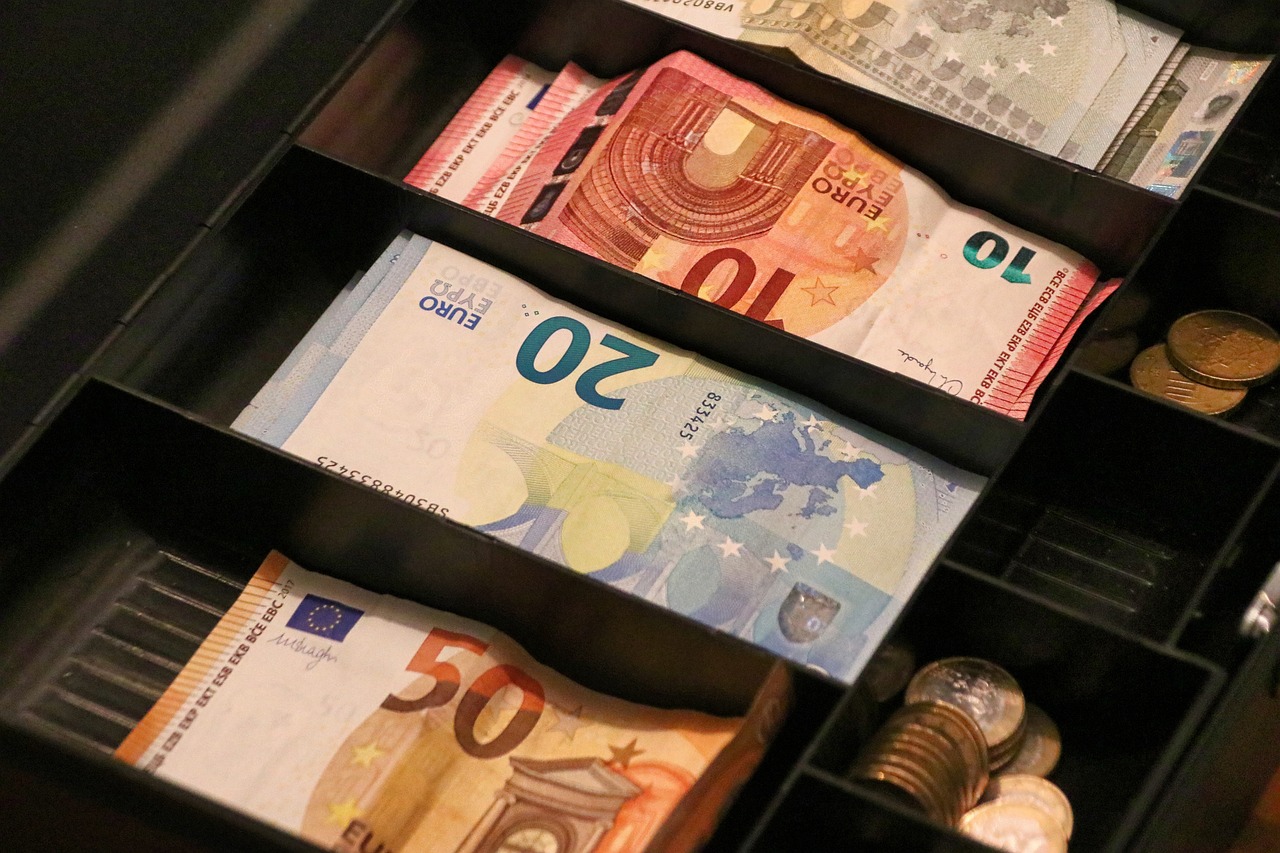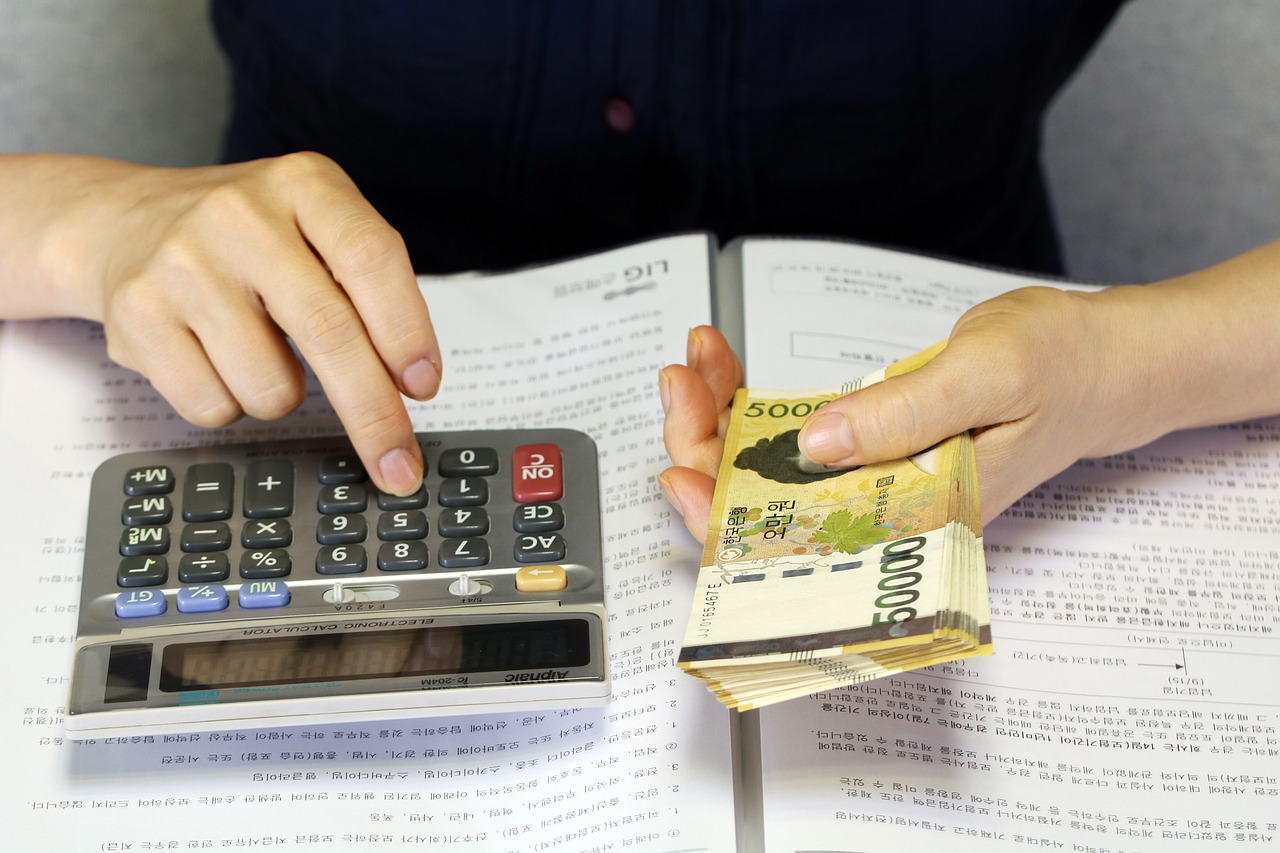USD to EUR Conversion Guide: Factors, Exchange Rates, and 1,000 USD Insights
GPT_Global - 2025-10-17 06:30:21.0 36
How do banks determine how much 1,000 USD will be in euros?
Banks determine how much 1,000 USD will be in euros by using the current foreign exchange rate, which changes constantly based on global market conditions. This rate reflects the value of one currency compared to another and is influenced by factors such as economic stability, interest rates, and international trade. When you send money abroad, the rate applied at that moment decides how many euros your recipient receives.
However, banks often include a small margin or markup on the exchange rate to cover their costs and generate profit. This means the rate you get for your remittance is slightly lower than the mid-market or real exchange rate you see online. Additionally, service fees may apply depending on the amount and method of transfer.
For anyone sending money internationally, it’s wise to compare different remittance providers. Specialized money transfer companies can often offer better exchange rates and lower fees than traditional banks, helping you get more euros for your 1,000 USD. Always check the total cost, including both the exchange rate and service fees, before completing a transfer.

Does 1,000 USD convert differently for businesses than for individuals in EUR?
When it comes to international currency exchange, the conversion of 1,000 USD to EUR can vary significantly depending on whether you're an individual or a business. For businesses, the conversion rate can be impacted by factors like transaction size, service provider, and the specific remittance platform used.
Businesses often have access to better exchange rates because of higher transaction volumes and long-term relationships with financial institutions. They can negotiate lower fees and secure preferential rates through their remittance service provider. Additionally, businesses may be able to avoid high markup rates that individuals often face.
On the other hand, individuals typically don’t have the same leverage or negotiation power. Personal remittances are usually subject to higher conversion fees, and the rates provided by remittance services are not as competitive. Individuals often rely on retail forex providers or online money transfer platforms, where margins on exchange rates can be higher.
For remittance businesses, offering competitive exchange rates and low fees for both individuals and businesses is crucial in maintaining customer loyalty. Understanding the differences in exchange rates and fees is essential for anyone looking to send money abroad efficiently and cost-effectively.
Can I use my 1,000 USD to get the same amount of EUR in all European countries?
Many people traveling or sending money to Europe often wonder: “Can I use my 1,000 USD to get the same amount of EUR in all European countries?” The simple answer is no. Even though many European nations use the euro, exchange rates and conversion fees vary from one country to another.
Currency exchange rates fluctuate daily based on market conditions and local banking policies. A remittance service or money transfer company may offer different rates depending on where your recipient lives. For example, sending money to Germany might give you a slightly better EUR rate than transferring to France or Spain, due to local financial regulations and transaction fees.
To make the most of your 1,000 USD, always compare remittance providers before sending funds. Online platforms often provide better rates and lower fees than traditional banks. By using a trusted remittance service, you can secure a more favorable exchange rate and ensure your recipient receives more euros with each transfer.
What is the maximum amount I can convert from USD to EUR without additional paperwork?
The remittance business plays a vital role in enabling international money transfers, especially when it comes to converting currencies like USD to EUR. For those sending money to Europe, understanding the rules around currency conversion limits can save time and hassle.
In many cases, individuals can convert up to a certain amount of USD to EUR without the need for additional paperwork. Typically, transfers under $10,000 are straightforward and do not require extra documentation, depending on the remittance service provider and jurisdiction. However, it’s important to check the local regulations and the terms of the service you use.
Beyond this threshold, additional paperwork may be required to ensure compliance with anti-money laundering (AML) and financial regulations. This might include proof of identity or the source of funds for larger transactions. The specific requirements vary from country to country and service provider to service provider, so always verify before making a transfer.
For those regularly sending funds, it’s a good idea to familiarize yourself with the remittance business guidelines to ensure smooth transactions and avoid unnecessary delays. Stay informed, and ensure your international transfers remain efficient and compliant.
How can I lock in the exchange rate for 1,000 USD to EUR for future conversion?
When sending money internationally, exchange rate fluctuations can significantly impact how much your recipient receives. If you’re planning to convert 1,000 USD to EUR in the future, locking in an exchange rate is a smart way to protect yourself from market changes. This process ensures that you know exactly how much your euros will be worth when you make the transfer.
One common way to lock in an exchange rate is through a **forward contract** offered by some remittance and forex providers. This allows you to agree on today’s rate for a future transfer date, reducing uncertainty. Many remittance businesses also provide “rate alerts” or “rate holds,” letting you secure a favorable rate for a limited time.
By using these tools, you can plan your remittance with confidence, especially when sending large amounts like 1,000 USD. Choose a reliable remittance provider that offers transparent fees, competitive rates, and the ability to lock in your exchange rate easily. This ensures your money goes further and reaches your recipient without being affected by sudden currency shifts.
What will 1,000 USD convert to in EUR during high-demand times?
During high-demand times, exchange rates can fluctuate significantly, which impacts the value of currencies like the US Dollar (USD) and the Euro (EUR). Remittance businesses, especially those facilitating international transfers, are highly influenced by these changes. When there is increased demand for a specific currency, such as during holidays, major global events, or economic shifts, exchange rates may favor one currency over another, making it essential to monitor fluctuations.
For instance, 1,000 USD may convert to a higher or lower amount in EUR during periods of high demand, depending on the direction of the currency flow. In such times, USD may weaken, causing a decrease in the number of Euros received for each dollar sent. Conversely, if the Euro is under pressure, you could receive more Euros for the same 1,000 USD. Timing your transfer is crucial for securing the best rate during these periods of volatility.
To ensure you get the best value for your remittance, it's essential to use a trusted service that offers competitive rates and timely updates on currency trends. Understanding the dynamics of the exchange rate during peak times can make a significant difference in how much your recipients receive in EUR.
How do online currency converters compare to banks when changing 1,000 USD to EUR?
When transferring money abroad, understanding how online currency converters compare to banks is essential, especially when exchanging 1,000 USD to EUR. Online currency converters often offer better exchange rates, with fewer fees compared to traditional banks. Many online platforms are designed to streamline the process, offering competitive rates and immediate transactions, allowing users to send money quickly and efficiently.
On the other hand, banks typically charge higher fees and offer less favorable exchange rates. This can mean that when you convert 1,000 USD to EUR at a bank, you may end up with fewer euros than you would using an online currency converter. Furthermore, the process through banks might take longer, adding inconvenience for those looking to make time-sensitive transfers.
In conclusion, for individuals or businesses involved in remittance, online currency converters can provide significant savings and convenience. Choosing the right platform can make a big difference, particularly for regular money transfers, where small differences in exchange rates and fees can quickly add up.
What’s the difference between the official exchange rate and the market rate for converting 1,000 USD to EUR?
When transferring money internationally, understanding the difference between the official exchange rate and the market rate is crucial for remittance businesses and their customers. The official exchange rate, often set by a country's central bank, is the rate at which a government allows its currency to be exchanged for foreign currencies. This rate can fluctuate due to economic policies, inflation, or political events.
On the other hand, the market rate (also known as the "street rate" or "commercial rate") is the rate at which currencies are actually exchanged in the open market. This rate is determined by the supply and demand for currencies, and it can vary from the official rate based on market conditions. Typically, the market rate offers a more competitive exchange, reflecting real-world trading conditions.
For remittance businesses, understanding these differences is vital for offering competitive rates. If you’re sending 1,000 USD to EUR, the market rate might offer you more euros than the official exchange rate, meaning a better deal for your customers. Always compare rates to ensure that you’re getting the best value for your money when sending funds internationally.
About Panda Remit
Panda Remit is committed to providing global users with more convenient, safe, reliable, and affordable online cross-border remittance services。
International remittance services from more than 30 countries/regions around the world are now available: including Japan, Hong Kong, Europe, the United States, Australia, and other markets, and are recognized and trusted by millions of users around the world.
Visit Panda Remit Official Website or Download PandaRemit App, to learn more about remittance info.



